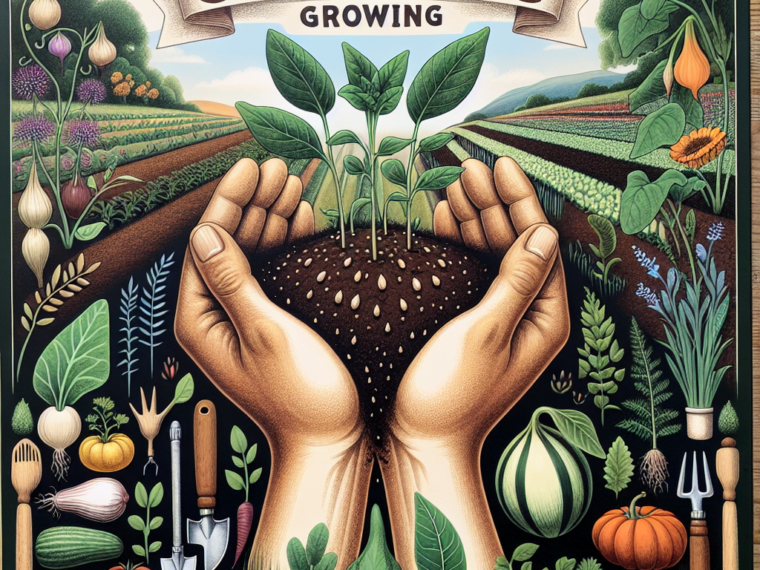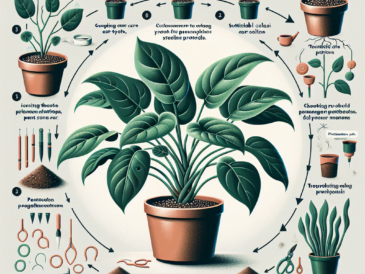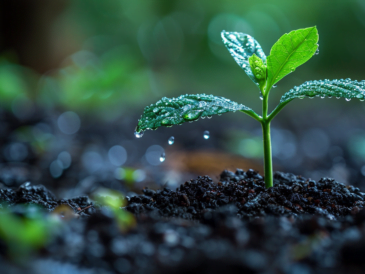Key points
• Pick a suitable spot: Make sure your plants get enough sun and protection from harsh winds. Each plant’s needs, such as shade tolerance or water requirements, should be taken into account.
• Get the soil and nutrients right: Choose soil that drains well and add compost or fertilizer as needed. Know your plants’ pH and nutrient requirements for them to grow strong and healthy.
• Look after your plants: Stick to a regular watering routine, check for pests or diseases often, and prune and support big plants to encourage their growth and health.
Starting an organic garden means picking a spot with plenty of sunlight and where water drains well to make sure your plants do well. Also, think about how close it is to a water source for easy watering.
Selecting the right location for your garden
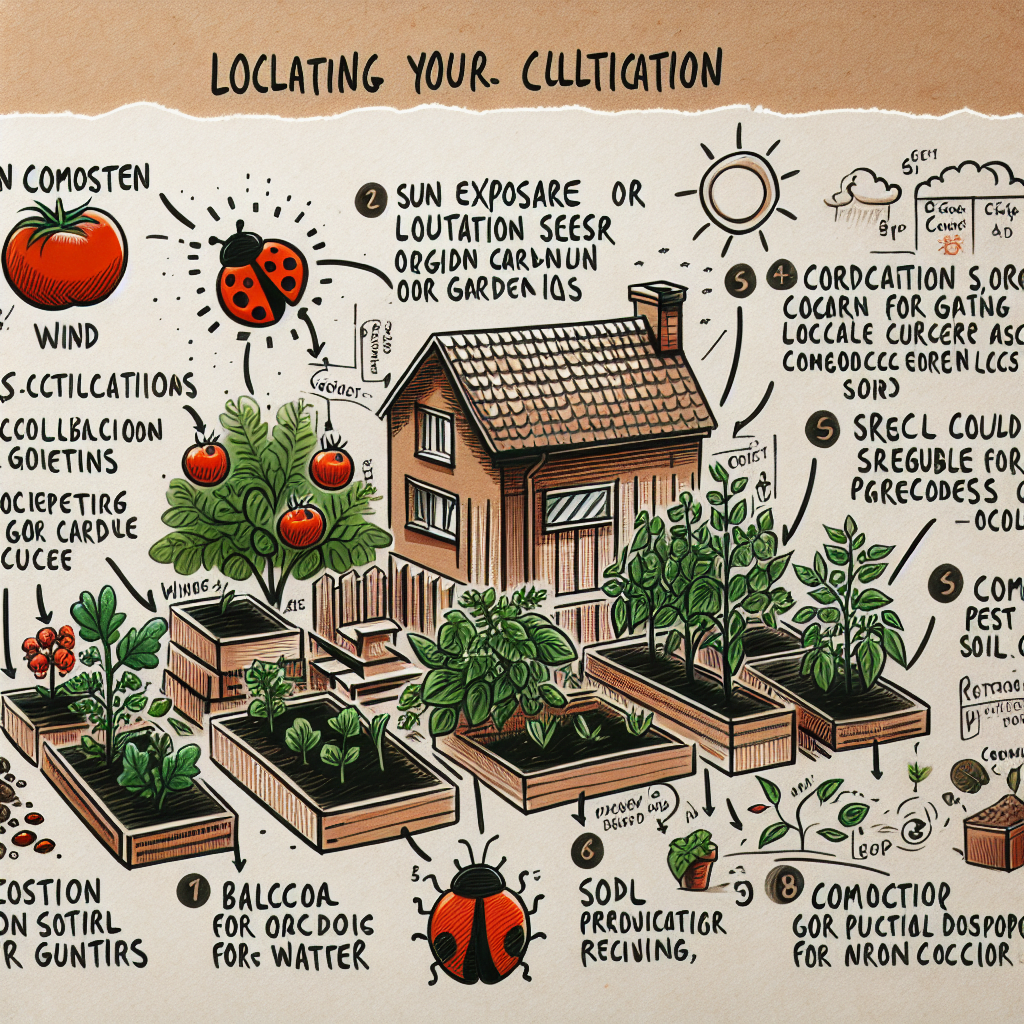
It’s super important to understand your soil and what it’s made of when you’re into organic gardening. A soil test can tell you its pH level and what nutrients are in there. This info helps you figure out what plants will grow best in your soil.
Understanding the soil and its properties
Choosing plants that match your climate and soil is key for a good organic garden. Look up plants that naturally grow in your area and pick ones that fit your climate and soil type. This cuts down on the need to over-water or use too much fertilizer or pesticide.
Choosing the right plants for your climate and soil
To keep getting great crops, you gotta keep your soil fertile and healthy. You can do this through various ways like making compost, rotating crops, growing cover crops, and keeping tabs on soil pH and nutrients.
Composting and Soil Amendments
Compost is important in organic gardening because it adds good stuff to the soil and makes it better for growing plants. Throw things like food scraps, yard waste, and old plants into a compost pile to turn it into something that really helps your garden.
Crop Rotation and Cover Cropping
Changing up what you plant every season stops the soil from being overused and keeps pests and diseases at bay. Different crops use different nutrients, so moving them around helps keep the soil healthy. Plus, planting crops that add nitrogen back into the soil makes it even better and keeps weeds down too.
Managing Soil pH and Nutrients
Test your soil’s pH now and then to make sure your plants can get all the food they need from the soil. Adjust the pH if you have to and give your plants natural fertilizers to keep them growing happy.
Seeding and Transplanting
For an organic garden to succeed, you need to be smart about planting seeds and moving young plants. Pick quality organic seeds and follow the instructions for how deep to plant them and how far apart. Be gentle when you transplant to not hurt the roots too much.
Watering and Irrigation Methods
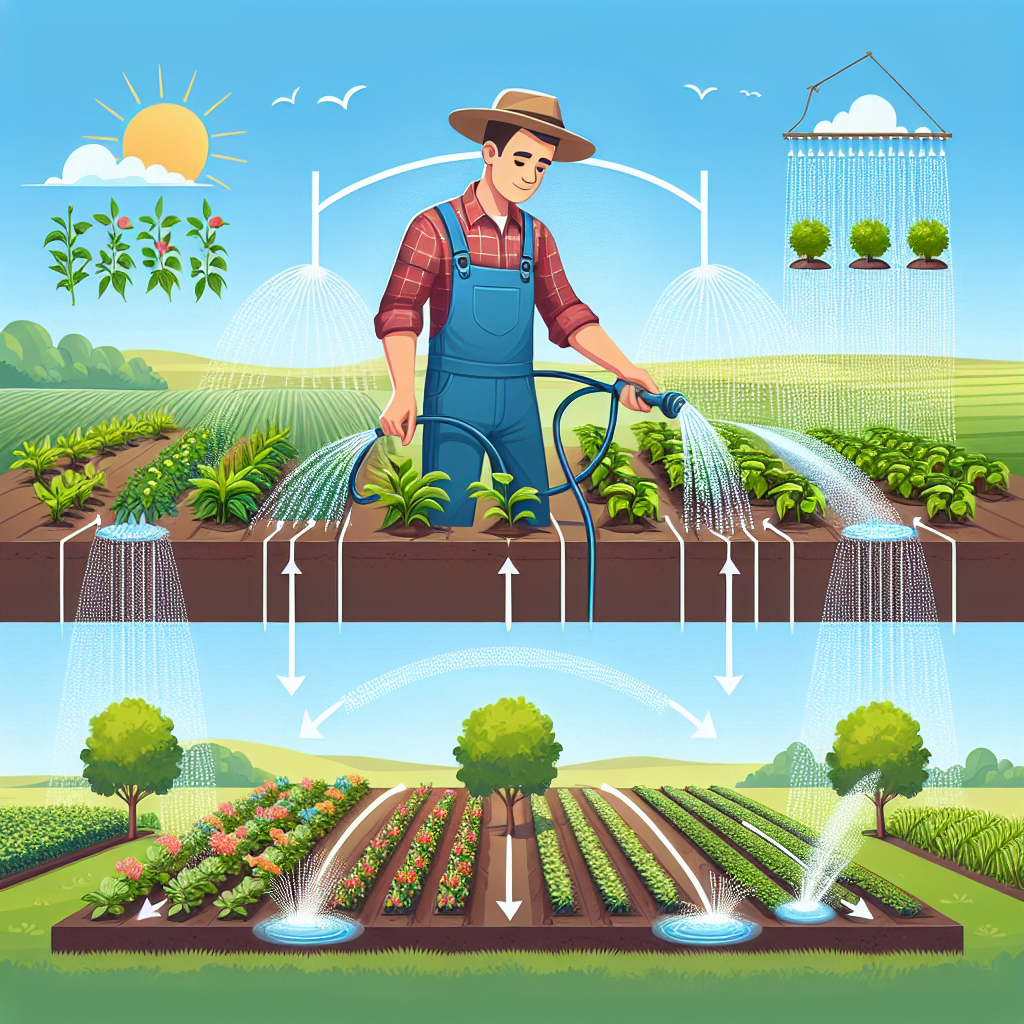
Watering organic gardens needs some attention. Using things like drip lines or soaking hoses saves water and gives it straight to where plants need it most—their roots! Try to water deeply but not too often; this helps roots grow deep and keeps plants healthy.
Weed Management and Pest Control
In organic gardening, you gotta deal with weeds and bugs naturally. Use mulch to keep weeds away, pull them by hand, or bring in good bugs that eat the bad ones. Always be on the lookout for troublemakers in your garden and deal with problems before they get big.
If you wanna keep harvesting longer, you need to lengthen your growing season. Greenhouses or cold frames help protect your plants from bad weather so you can grow stuff even when it’s usually too cold or too hot outside.
Using Season Extenders
A greenhouse is awesome for warm-weather-loving plants because it stays nice and cozy. Cold frames are good for veggies that don’t mind the cold. Both help you grow different things for a longer time each year.
Planning for Succession Planting
You can also plant seeds or young plants at different times so you always have something ready to harvest. This way, you don’t get too much of one thing at once, and there’s always something growing in your garden.
Harvesting and Preserving Techniques
Besides lengthening your growing season, make sure you pick your crops when they’re just right, and store them well so they last longer. And don’t forget about preserving—like canning, freezing, or drying—to enjoy your harvest even when it’s not growing season.
When selling your organic goodies, know what people want to buy and what’s trending. Do some homework to figure out what’s popular in organic products. Once you know what people like, come up with a solid plan for selling your stuff.
You might wanna create a brand that shows off how eco-friendly you are, use packaging that looks good and is green too, and get on social media or online to reach more customers. Talking to local shops and restaurants can also be a great way to sell what you grow. Reach out to spots nearby, set up shop at local markets, or chat with chefs to show off how fresh and tasty your produce is.
By getting what consumers are after, making a marketing plan, and connecting with local retailers, you’ll be able to sell lots of fresh organic produce.
Frequently Asked Questions (FAQ)
[lightweight-accordion title=”How do you grow the plants?”]To grow plants, you’ll need to provide them with sunlight, water, nutrients, and the right soil and climate. Plants make their food through photosynthesis, using sunlight, water, and carbon dioxide.[/lightweight-accordion][lightweight-accordion title=”What are the 4 steps of plant growth?”]There are four main stages in plant growth; starting with the seed sprouting, then growing into a seedling, followed by the vegetative phase, and finishing with blooming and producing fruit.[/lightweight-accordion][lightweight-accordion title=”What are the 5 things to make a plant grow?”]Plants need five key things to grow: sunlight, water, nutrients from the soil, good soil to live in, and carbon dioxide for photosynthesis.[/lightweight-accordion][lightweight-accordion title=”How do you grow a plant in 6 steps?”]To grow a plant: first, plant your seed in good soil; second, give it water and sunlight; third, make sure it has the right nutrients; fourth, keep an eye on its growth; fifth, take care of it as it starts to flower; and sixth, help it through making fruits.[/lightweight-accordion][lightweight-accordion title=”Which plant is easiest to grow?”]Tomatoes are pretty easy to grow and are great for beginners. They don’t need much special care and can do well in many different places.[/lightweight-accordion][lightweight-accordion title=”What are the 7 stages of plant growth?”]Plant growth happens in seven stages: starting from a seed to germination, then turning into a seedling, after that comes vegetative growth followed by flowering then fruiting; and lastly, making new seeds.[/lightweight-accordion][lightweight-accordion title=”What are the 6 stages of the plant life cycle?”]A plant’s life cycle has six parts: it starts with the seed, goes through germination, grows into a seedling; enters the vegetative stage: blooms flowers and finally begins producing seeds again.[/lightweight-accordion][lightweight-accordion title=”What are the six basic of a plant?”]Plants have six essentials: they need water; sunlight; nutrients from soil; a suitable place to grow; carbon dioxide for making food; and they use photosynthesis.[/lightweight-accordion][lightweight-accordion title=”What are 7 steps of seed germination?”]Seed germination involves seven steps: water absorption’ swelling of the seed; root bursting out; roots growing; shoot poking through the soil, leaves starting to form; and eventually growing bigger.[/lightweight-accordion][lightweight-accordion title=”What is a plant for Grade 6?”]If you’re in Grade 6, studying plants is cool! You learn about how they grow, make food through photosynthesis; and all the different stages they go through during their life.[/lightweight-accordion]
